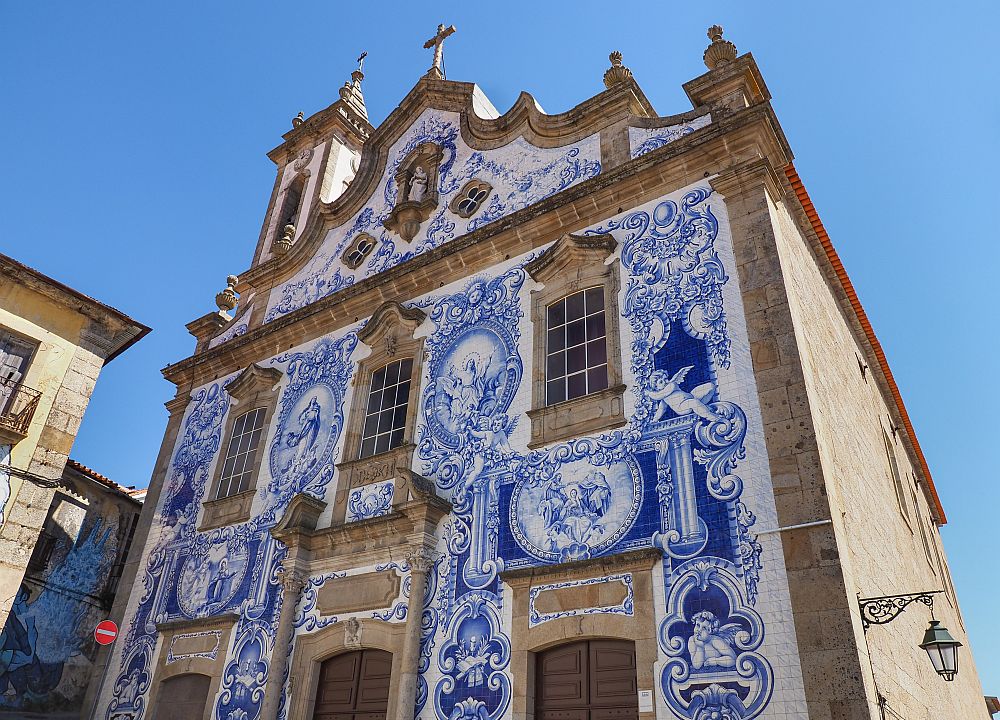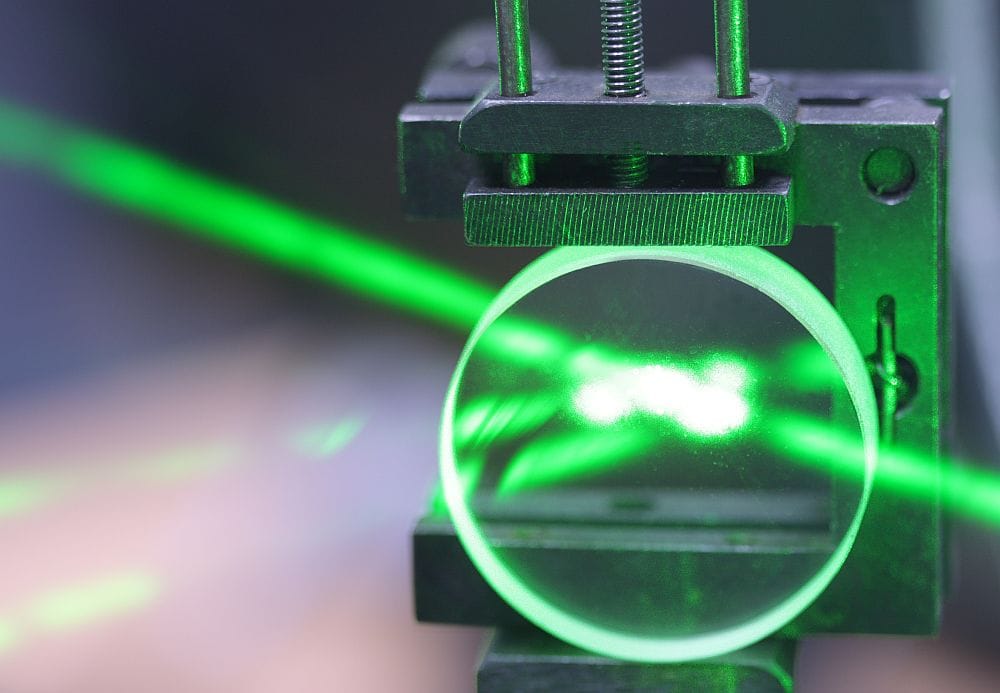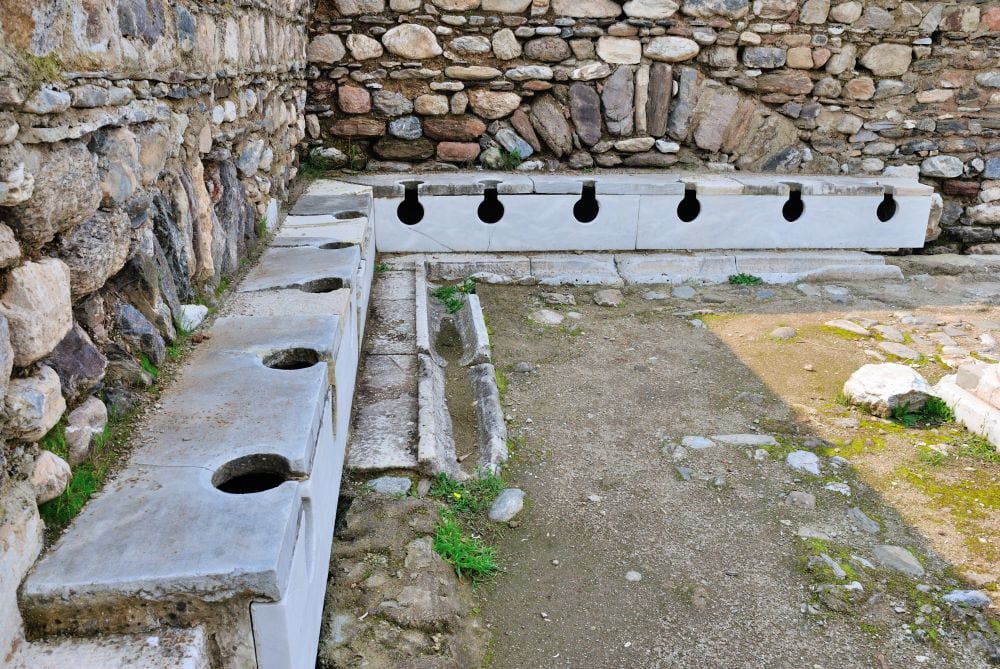
[Image above] This form of porcelain chocolate pot, based on a silver model, was made at the Meissen porcelain factory in the mid-18th century. Credit: Public domain, gift of Mrs. George B. McClellan to the Metropolitan Museum of Art
People are sure to find their candy bowls overflowing with chocolate this coming week, either from their children’s trick-or-treat hauls or from buying discounted Halloween treats at their local grocery store.
With such easy access to chocolate, it is easy to take the sweet dessert for granted. But the iconic chocolate bar that we love today is a relatively recent development in the past 200 years (see video below). Prior to that, chocolate was strictly a beverage—and a bitter one at that.

Credit: Industrial Industries World Radio, YouTube
Chocolate is created from the beans of the cacao tree, which is native to the northern part of South America and Central America. At least 5,300 years ago, chocolate started to be consumed as a beverage by the peoples who inhabited these areas, including the well-known Olmec, Maya, and Aztec civilizations.
Chocolate made its way to Spain in the 16th century, and the beverage became a fashionable drink throughout Europe by the 17th century. During this time, sugar started being added to the drink to make it more palatable to the Western audience.
As the popularity of chocolate soared, it became big business to design and sell cookware specifically designed for preparing chocolate. Enter: the chocolatière.
The European chocolatière, or chocolate pot, was much fancier than the earthenware vessels used in the Americas for preparing chocolate. These pots were mostly made of silver or porcelain, the two most valuable materials of the time, to match the view of chocolate as a luxury product.
Compared to other beverage vessels, what set the chocolate pot apart was the lid. It had a delicate hinged finial, or cap, that formed a small opening for the molinillo, a wooden whisk used to mix up and add froth to the liquid chocolate.

Molinillos of different sizes. Credit: Seleno Health, YouTube
As chocolate spread throughout Europe, each country interpreted the chocolate pot according to their own tastes. For example, while Vienna became known for its elegant sets, many German chocolate pots featured gilded, Chinese-inspired designs.
These differences offer “a fascinating example of the ways in which chocolate technologies, like the chocolate itself, was adapted for different cultural contexts and came to take on new meanings as it circulated the globe,” as noted in a short essay on the history of chocolate pots.

Left, a silver chocolate pot made in Boston, Massachusetts, 1700–1710. Right, a chocolate pot from the Royal Porcelain Manufactory, Berlin, Germany, late 18th century. Credit: (left) Public domain, bequest of Alphonso T. Clearwater to the Metropolitan Museum of Art; (right) Public domain, part of the Dudley P. Allen Fund at the Cleveland Museum of Art
The design of chocolate pots evolved in the 19th century following the invention of cocoa powder. Chocolate powder decreased the need to froth the chocolate with a molinillo, so chocolate pots started featuring finials that were stuck in place. In other words, the caps became merely decorative rather than functional.
While chocolate pots continued to be used in the early 20th century, by the 1950s, chocolate pot production died down. Nowadays, it is rare to find anyone making chocolate pots, but people can still find virtually any style of chocolate pot online or in auction houses.
Though chocolate pots are no longer integral to current chocolate consumption patterns, “this tool remains an important item of study in charting the history of chocolate,” the chocolate pot history essay concludes.
Author
Lisa McDonald
CTT Categories
- Art & Archaeology
- Education


